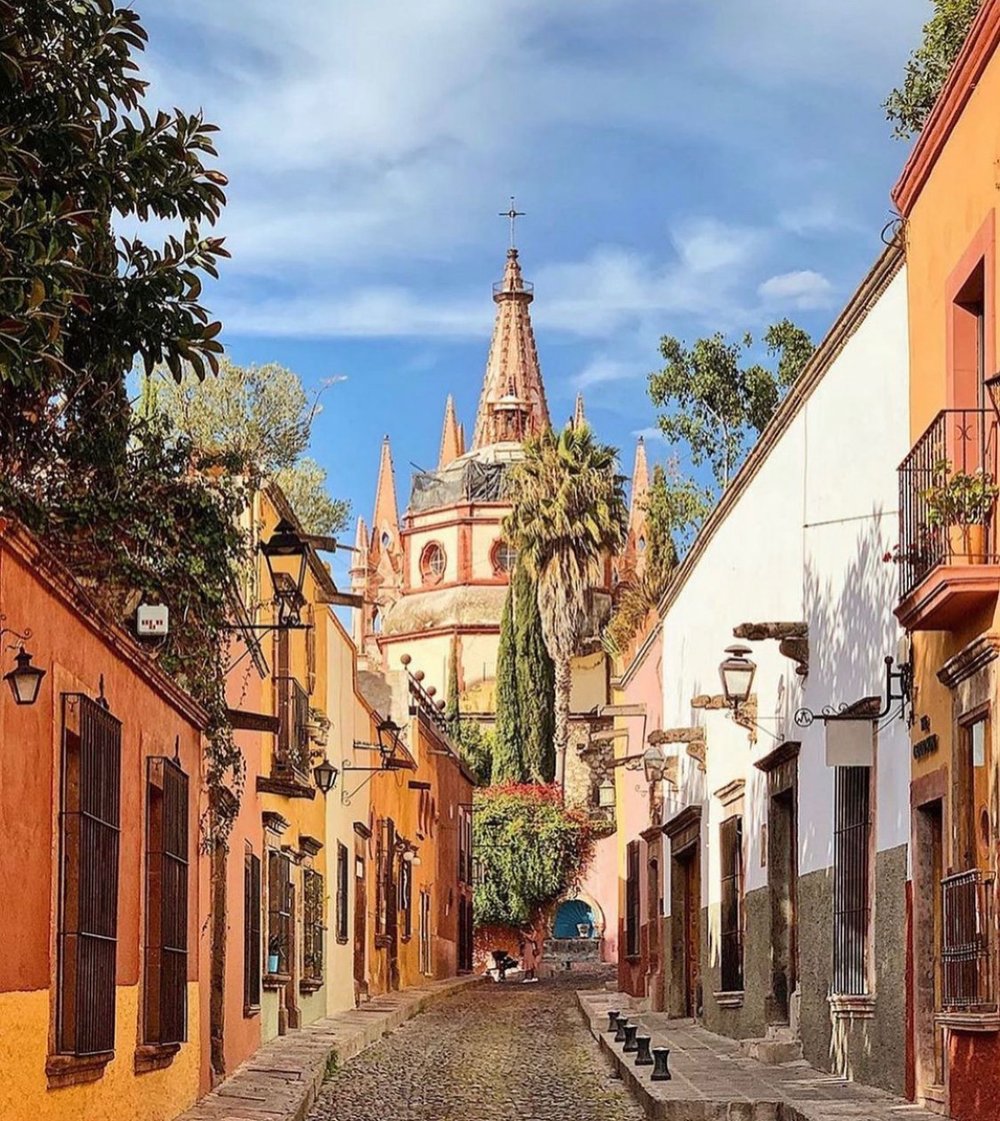
With Día De Los Muertos just days away (Oct 31 - Nov 2), images of La Catrina are popping up everywhere.
La Catrina is a female calaca (skeleton) or calavera (skull), that is usually dressed up in fancy attire.
Her striking image is one of the most recognizable Day of the Dead representations.
But what is the story behind Mexico’s elegant lady of death? Her origins might surprise you.
This History of La Catrina

At the turn of the 20th century, Mexico was under the control of Porfirio Diaz.
While the upper classes enjoyed economic prosperity, Diaz's 35-year long dictatorship left most Mexicans in poverty.
It wasn’t until 1910, when Mexico’s revolution ousted Diaz, that a new era began.
This social tension is what inspired political cartoonist and printmaker, José Guadalupe Posada, to create La Calavera Garbancera between 1910-1913.

shop candles


La Calavera Garbancera Mocks Mexican Society
The name “La Calavera Garbancera” roughly translates to the “chickpea-selling skull”, a nod to the indigenous street food sellers.
Posada was mocking the more indigenous Mexicans who rejected their roots in an effort to pass as European.
Posada is also said to have found inspiration in Mictecacihuatl, the Aztec goddess of death and Lady of Mictlan, the underworld.
In Posada’s words, “Death is democratic, since in the end, blonde or brown, rich or poor, all people end up being skulls.” (“La muerte es democrática, ya que a fin de cuentas, güera, morena, rica o pobre, toda la gente acaba siendo calavera”).
By removing the skin and reducing the figure of La Catrina to bones, he wanted to show universality, that we are all the same.


shop talavera

La Catrina Featured in Diego Rivera's Art
Three decades after Posada's Calavera Garbancera was published, La Catrina made another appearance.
Diego Rivera included her in his painting Sueño de una Tarde Dominical en la Alameda Central, or Dreams of a Sunday Afternoon in Alameda Park.
This massive painting depicts many famous people from Mexican history, from Hernán Cortés to Benito Juarez.
In the front and center of the image, La Catrina is standing between artist José Guadalupe Posada and a young version of Diego Rivera.
Again, La Catrina is wearing a huge feather hat and makeup on her bony cheeks.
Rivera’s Catrina is known for it’s pre-hispanic influences, such as the feathered snake boa around her neck as an allusion to the Aztec god, Quetzalcoatl.
Her outfit is noticeably more modest, as this version of La Catrina dons a Tehuana style dress.
Rivera Names the Famous Lady of Death 'La Catrina'
Rivera is credited for naming his dame of death “La Catrina,” which is the female equivalent of El Catrín, a dandy “well-dressed man” by Eurocentric standards.
Rivera’s depiction of La Catrina had a profound impact on Mexican society.
She is now popularized as an icon of Mexico, most notably around Día de los Muertos, where many replicate her skeletal makeup and aristocratic clothing as a way to celebrate Mexican culture.
But her significance extends beyond a once a year celebration.
Today, images of La Catrina can be found year round in Mexico.


shop jewelry

La Catrina Today & Día de Los Muertos
From souvenirs to Barbie dolls, La Catrina is one of Mexico’s most popular cultural icons.
Nowadays, it is customary for women to paint their faces and don formal wear as part of their Day of the Dead celebrations.
Today, La Catrina is meant to remind us that no matter who we are (rich, poor, black, or white), we are all going to die.

Día de los Muertos this year has the especially gloomy backdrop of the coronavirus pandemic, economic hardships, and political strife, much like when Posada created La Catrina over a hundred years ago.
La Catrina’s legacy as a social critic––as well as a reminder of universality––is as important as ever.
In the words of Mexican poet, Octavio Paz, "Death is a mirror that reflects the vain gestures in life."
Now more than ever, we should use this Día de los Muertos to reflect on the lives we are living.
other posts you may love...
Book a Free Travel Consultation
Mexico in My Pocket has just launched a new consultation service for anyone looking for some help planning their next Mexico vacation. Our goal is to create a custom itinerary that will give you incredible memories!
schedule your call today!


















Leave a comment